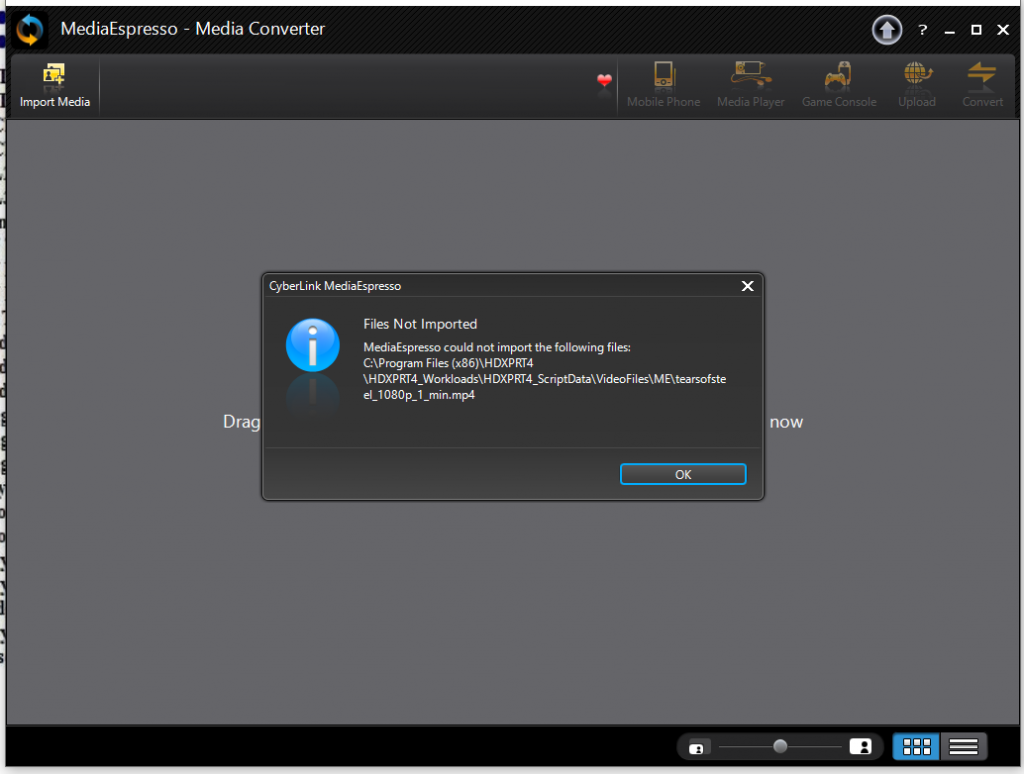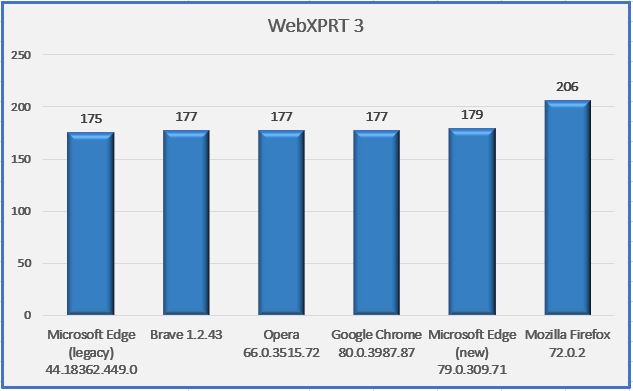We’re excited to announce that CrXPRT 2 is now available to the public! Testers can install the app on Chromebooks by using this link to the Chrome Web Store listing, or by clicking the Chrome Web Store button on CrXPRT.com.
For those who may have missed our previous discussions about what’s new with CrXPRT 2, here is a recap of the key differences between CrXPRT 2015 and CrXPRT 2:
- CrXPRT 2 has an all-new UI, with a focus on intuitive navigation.
- The CrXPRT 2 performance test includes six of the seven workloads in CrXPRT 2015. Newer versions of Chrome can’t run the Photo Collage workload without a workaround, so we removed it from CrXPRT 2.
- We updated the image resolutions and sizes for the Photo Effects and Face Detection workloads.
- The battery life test now requires a full rundown, so the length of battery life tests will vary according to the battery life of the systems under test.
- CrXPRT 2 no longer requires testers to enter luminance and audio measurements for battery life tests.
- We added a second video playback segment to each battery life iteration.
As we’ve noted before, CrXPRT 2 overall performance test scores and battery life measurements are not comparable to CrXPRT 2015 scores. For testers that need to access CrXPRT 2015 for legacy comparison testing, we will continue to make CrXPRT 2015 available via a link on CrXPRT.com.
We appreciate everyone’s input during the CrXPRT 2 development process. If you have any further questions about CrXPRT 2, please let us know!
Justin














